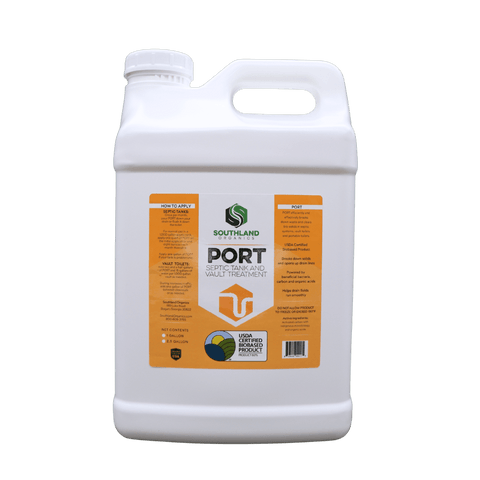Problem
Stone Container Pulp/Paper Mill Savannah Plant is located within the city limits of Port Wentworth, Georgia. The plant is tied in to the municipal wastewater treatment system for the city of Port Wentworth. The plant had been in operation for several years and complaints from the city residents and government officials escalated continuously because of the extremely unpleasant odors that were being emitted by the plant.
Residents living near the plant began to complain about discoloration of window blinds and shades. Many reports of headaches and sore eyes also began to surface. A determination was made that the high levels of hydrogen sulfide being emitted by the plant, either directly into the air via inadequate air scrubber systems, or as a result of effluent being released into the wastewater sewer system, was the major cause of the yellowing effect on the blinds and shades as well as the source for the offensive odors in the air which could be associated with the high level of reported headaches and sore eyes.
The city of Port Wentworth also began to experience chronic problems with sewer line blowouts and corrosion in the city’s sewer system began advancing at an alarming rate. The blowouts were usually located within the vicinity of forced mains. Corrosion was calculated as high as 30.86% annually in some locations. These problems were being caused by crown corrosion which could be traced back to high concentration of hydrogen sulfide in the sewer system. Leaching hydrogen sulfide into the concrete was causing rapid deterioration of the city’s system. Again, the source of the problem was traced back to Stone Container.
In 1995, Port Wentworth government officials began relentlessly pressuring Stone Container management to find a solution to the problems being created by the plant.
Solution

PORT was applied into the sewer system via metering pumps at strategic locations on the Stone Container site as well as sites located in the city. Levels of initial application were determined by the hydrogen sulfide levels and the maximum daily effluent flow rate at the site. The metering stations were located “up-line” from problem areas where unacceptable levels of hydrogen sulfide were being emitted.
For example, one lift station in the plant was consistently generating H2S reading above 50 PPM. The maximum daily flow rate at this lift station was estimated at slightly over 1 million gallons per day. The metering station for treatment of this lift station was located approximately 200 yards “up-line” from the lift station at a manhole. The H2S reading the day before treatment began was 62 PPM. PORT was applied at a rate of 50 PPM of the maximum daily flow rate for the first day of treatment. The H2S reading the following day were 12 PPM at the station. The application of PORT was then reduced daily until the final daily “maintenance” application reached 12 PPM, or 12 gallons per day. A total of four metering stations were eventually set up at the plant and in the city.
PORT was also injected into the circulation water of the air scrubber system at the plant. The daily application was set at 25 PPM. Tests in the gas stream showed a reduction of hydrogen sulfide by 76%.
Corrosion tests were conducted at ten selected sites in the sewer system over a three-year period. The introduction of PORT over the three-year period produced dramatic improvements in corrosion levels. By greatly reducing the H2S in the system, PORT had also virtually eliminated the crown corrosion caused by leaching hydrogen sulfide. Over the three-year test period, corrosion levels at the ten sites were reduced by an average of 87.5%, from 19.2% annually before treatment to 2.4% annually at the end of the test period.
Conclusion
Over the course of this three year study, PORT produced dramatic improvements in the air quality at the Stone Container Plant, as well as the air quality in the city of Port Wentworth. Complaints from the city’s residents and government officials ceased. The expensive repairs to city sewer system were greatly reduced. The fragile relationship between the Stone Container Plant and the City of Port Wentworth was corrected.







